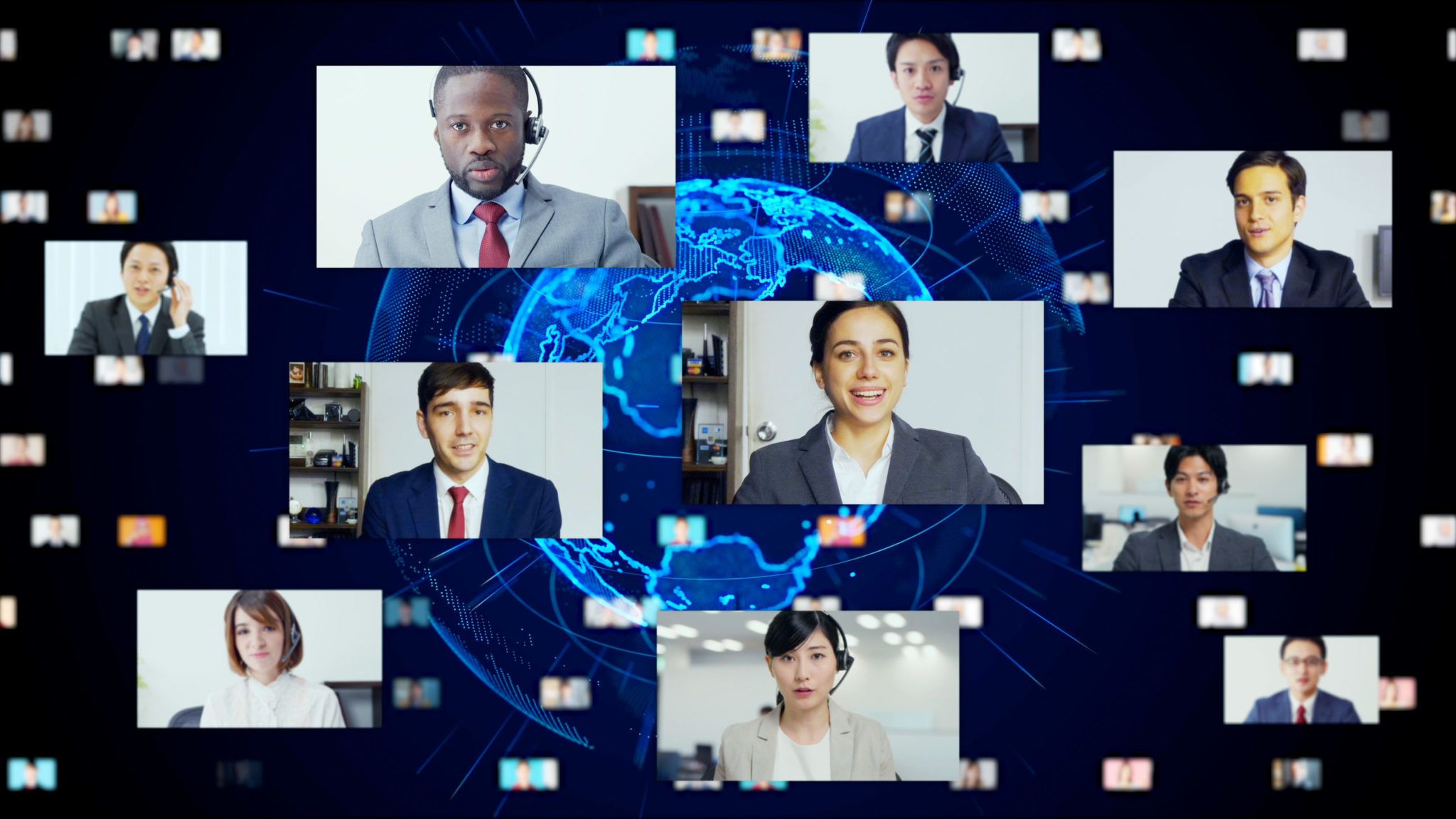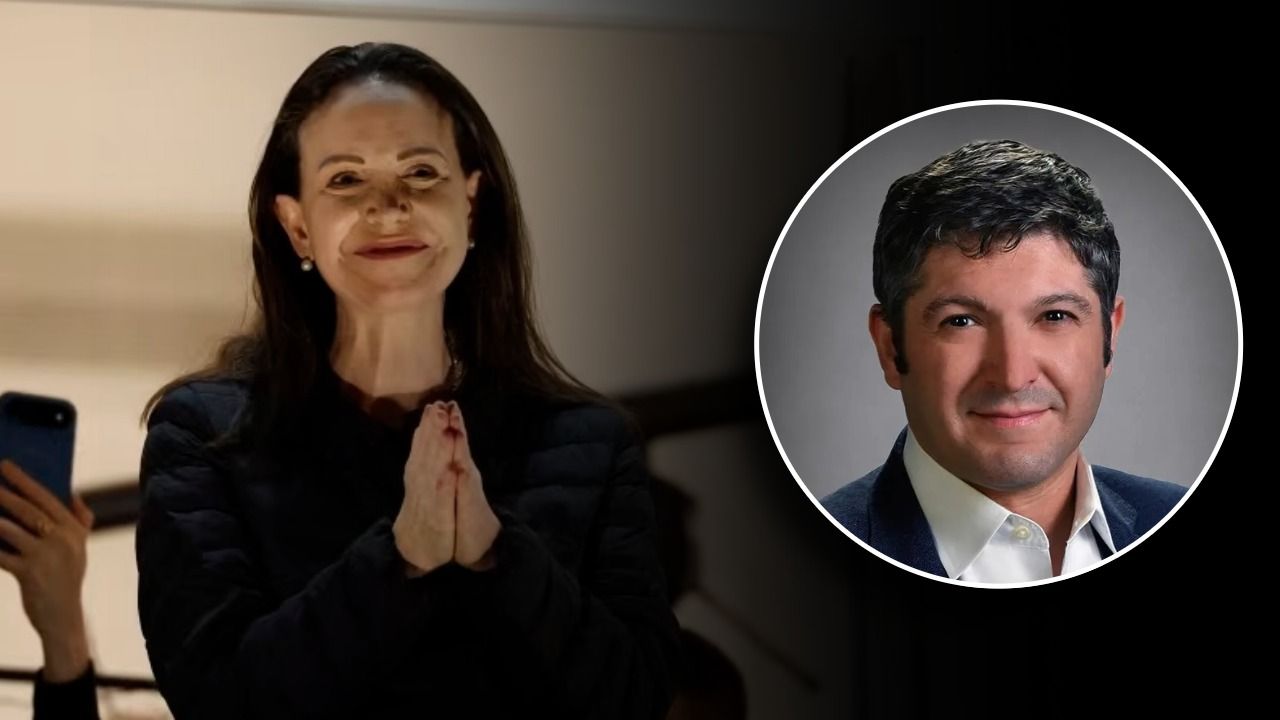By Marie Chinnici-Everitt is managing director and chief marketing officer overseeing global marketing and corporate communications for DTCC
When COVID-19 sent the United States, and other countries around globe, into lockdown in March, the global marketing and communications team at The Depository Trust & Clearing Corporation (DTCC) had to manage the flow of information to thousands of employees, around the world, while simultaneously adapting the approach on how to engage with clients, given everyone was dealing with their own unique circumstances.
While existing communications tools were leveraged, there were a number of new strategies, and best practices, implemented that can be easily scaled up, or down, for companies across multiple industries.
As a financial market infrastructure provider, DTCC is a critically important component of the global financial system. DTCC employs thousands of people around the world, and in 2019 it processed securities transactions valued at $2.15 quadrillion. The firm had to rapidly adapt its communications strategy as a result of the pandemic, and it had to get it right.
In support of this, three key communication strategies should be leveraged as the changing business, and global, landscape requires it. They include:
- Apply a Filter:
In today’s evolving landscape, it’s more important than ever to consider the current business environment and how it is impacting clients.
It was important to ask, “In this unique situation, what would a reasonable person expect from a responsible organization?” and then deliver on that. During a time when it would have been easy to become overwhelmed by a flood of news, and updates, it was a useful standard for both internal and external communications to ensure communicating essential information without disseminating noise.
- Press Pause:
Pausing your ongoing, regular, communications activity and assessing the current landscape can enable your marketing and communications professionals to effectively shift direction if appropriate.
We quickly learned that clients were facing many of the same challenges, making swift decisions, and rapidly adjusting strategies, to safeguard their businesses. Clients were no longer working on the same initiatives they were pre-COVID-19, and in response, it was necessary to discontinue discretionary marketing, around product promotion, and shift the focus to delivering essential information only, such as how to access or use certain products and services that had become even more vital in a turbulent marketplace.
- Change the Channel:
As a crisis evolves, so should your communication approach. You can continue to engage your clients by keeping a pulse on their behaviors and pivoting as needed.
Use your company’s analytics to look for indications that clients are increasingly relying on your website and employees are depending on your intranet as the crisis develops, and then shift your emphasis to those channels accordingly. Work to ensure that business-critical updates are posted to your corporate website’s homepage for clients, making access to essential information quick and easy. For employees, there are a few topics that are not only fundamental, but need constantly updated, such as what to do if an employee is diagnosed with COVID-19, what benefits are available, and best practices for running team meetings effectively, and securely, in a remote working environment. It’s also important to shift employee communications from a heavily email-dependent approach to a central information hub that is easily searchable. Employees should be able to choose how they preferred to receive information and how often.
Throughout, each strategic decision and communication should be underscored by a tone of transparency and authenticity. Craft each message with great care, and sensitivity, to each stakeholder group and how they’re feeling.

While the core principles guiding the approach to communications are the same as they were before the crisis, the execution must be changed and expect it to continue to evolve. The greatest accomplishment of an evolved approach is cultivating a more open, and nimble, approach to our professional lives. The outcome is energized teams that enable them to deliver on the demands of today, while positioning well for tomorrow.
Marie Chinnici-Everitt is managing director and chief marketing officer overseeing global marketing and corporate communications for DTCC, and head of DTCC’s Tampa office. As a leading financial services infrastructure provider, DTCC is responsible for providing clearing, settlement and the recording of monetary and other financial transactions across the globe.













